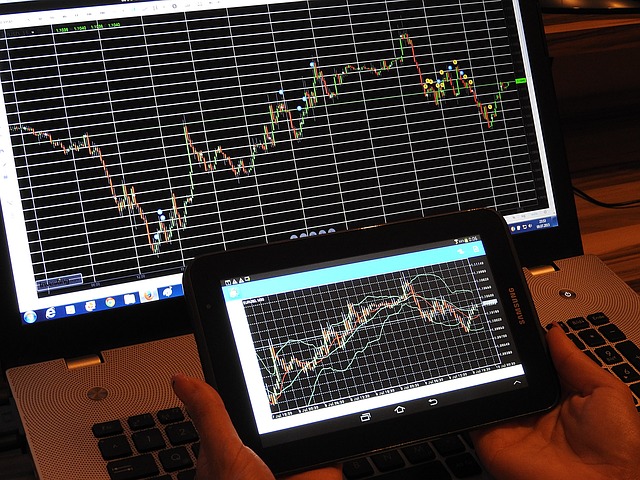In the world of investing, both brokers and traders agree on one thing: there is a constant need for new and exciting offerings. Traders move from one investment instrument to another when the one they were using becomes either boring or not profitable. And brokers have to step in and fill in the need while at the same time generating fees and commissions so they can maintain their position in the market.
Although foreign exchange has been used by banking institutions and government agencies for decades, Forex trading through an online broker is a relatively new endeavor and over the last decade or so Forex trading has become an extremely popular way for investors to make some quick profits.

But like anything that is novel and exciting at first, the luster of Forex trading is starting to tarnish and maintaining an online brokerage which offers only foreign exchange has become increasingly challenging. So Forex brokers are on a constant search for newer and better options so they can attract new clients while holding on to their existing ones.
There are some excellent Forex brokers in the market today and they are finding upscale technologies that will give them the edge over their competitors. The next new phase, which has
been around for some time (since 1990 in the UK) but has remained low key up until now, is the use of CFD (Contract for Difference) trading.
Forex and CFDs are similar in many respects but the main difference is in the breadth of products to choose from. Forex trading is straight currency trading. CFDs covers a wide set of markets and offers a selection of different contracts that vary in increment value and currency type.
Although CFD trading is as risky as straight Forex trading, CFDs offer simple and instantaneous trading. There are usually no fees or commissions with CFDs and they are highly liquid. They are, however, required to maintain a certain amount of margin designated by the brokerage which range from 0.5% to 30%.











Leave A Comment